
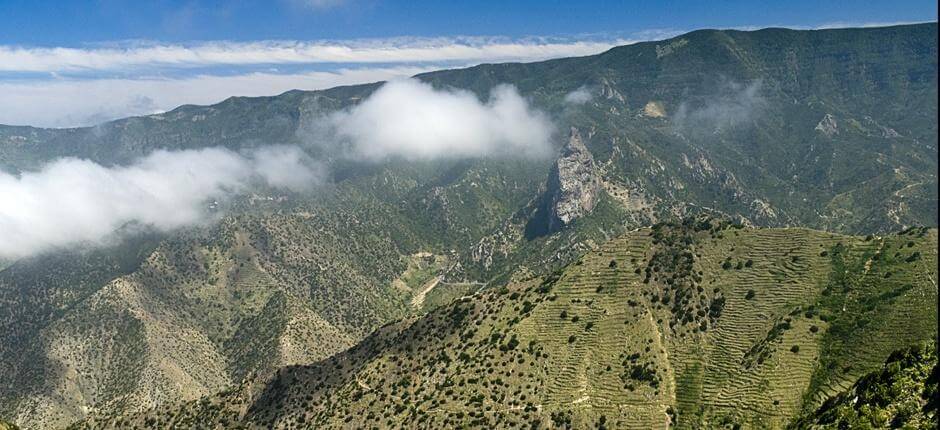

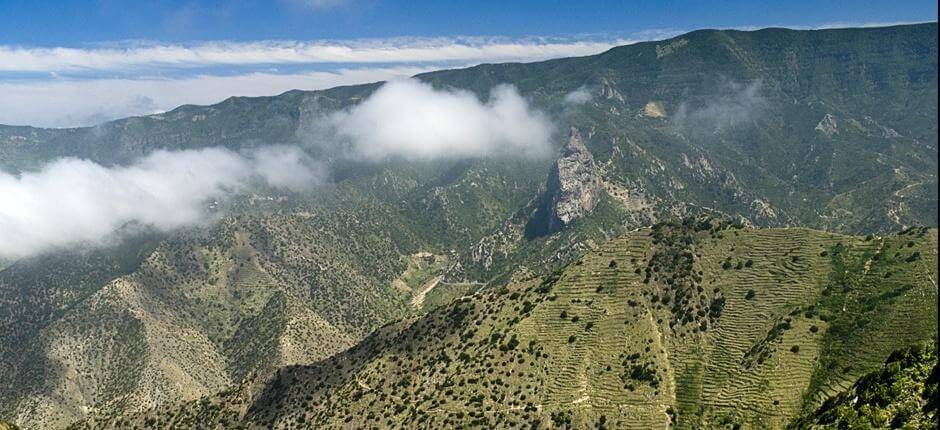
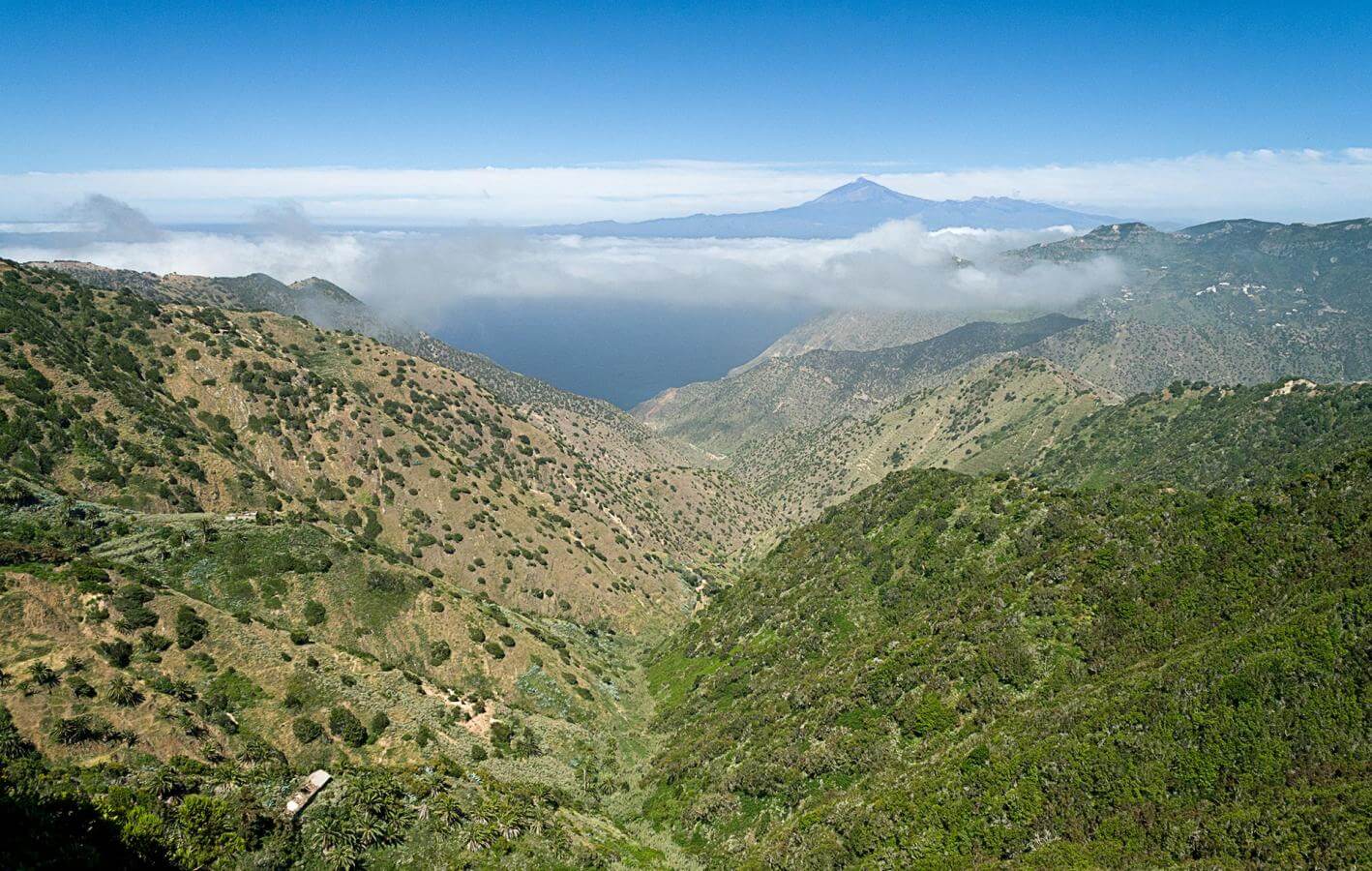

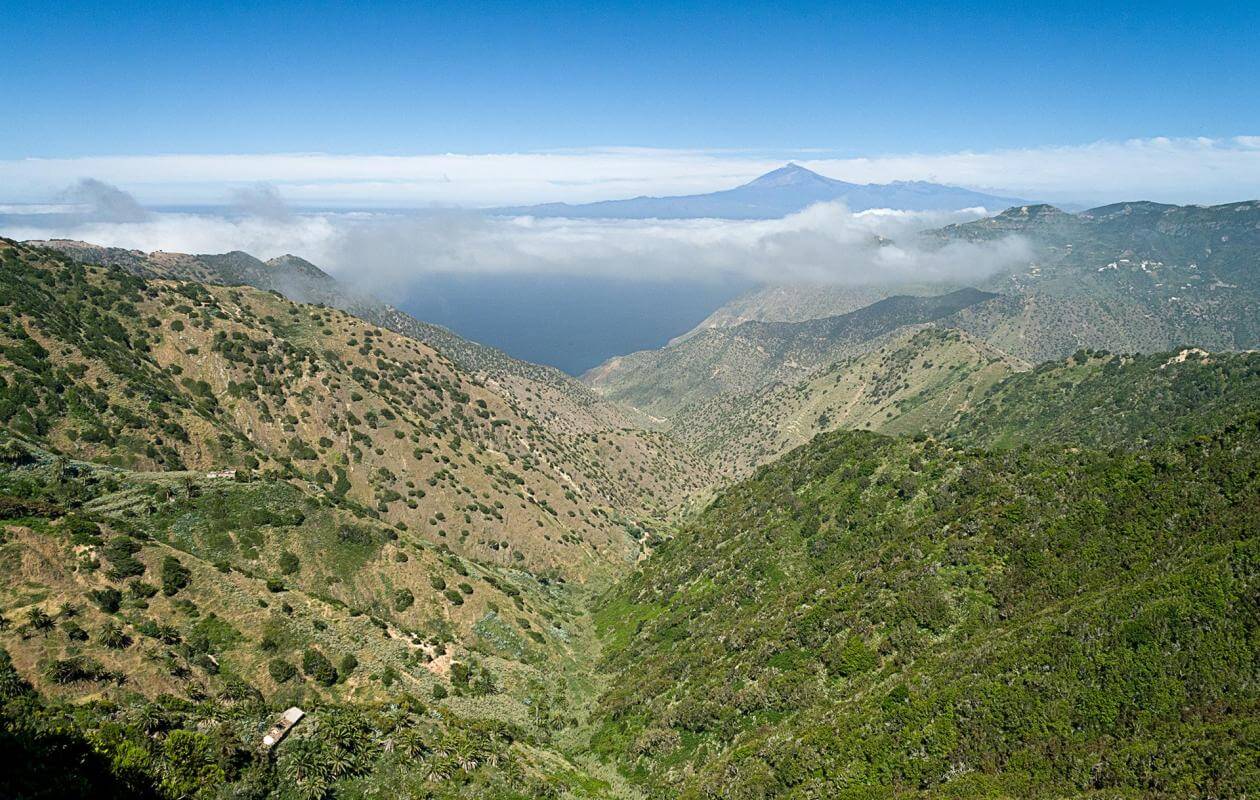
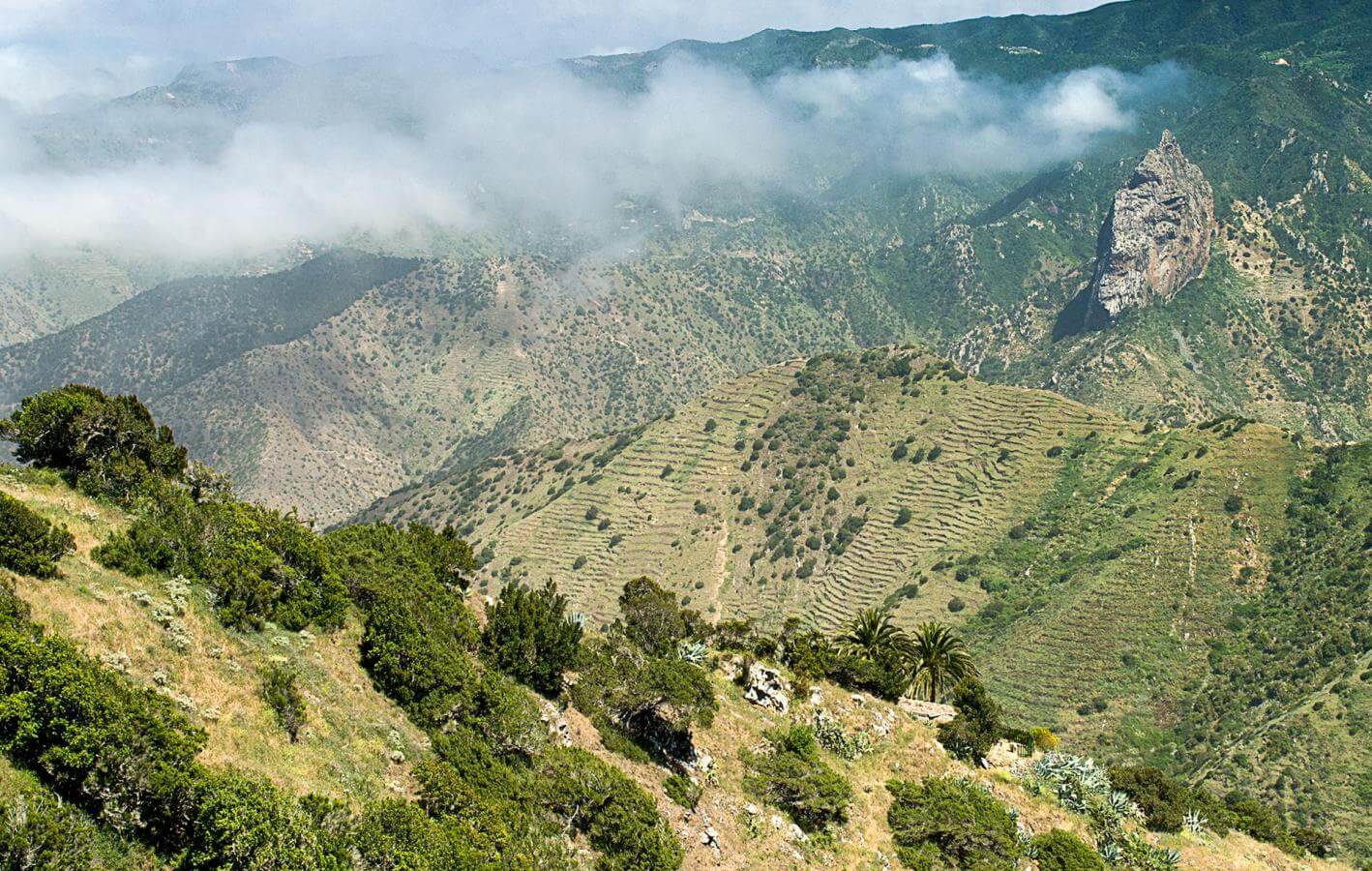

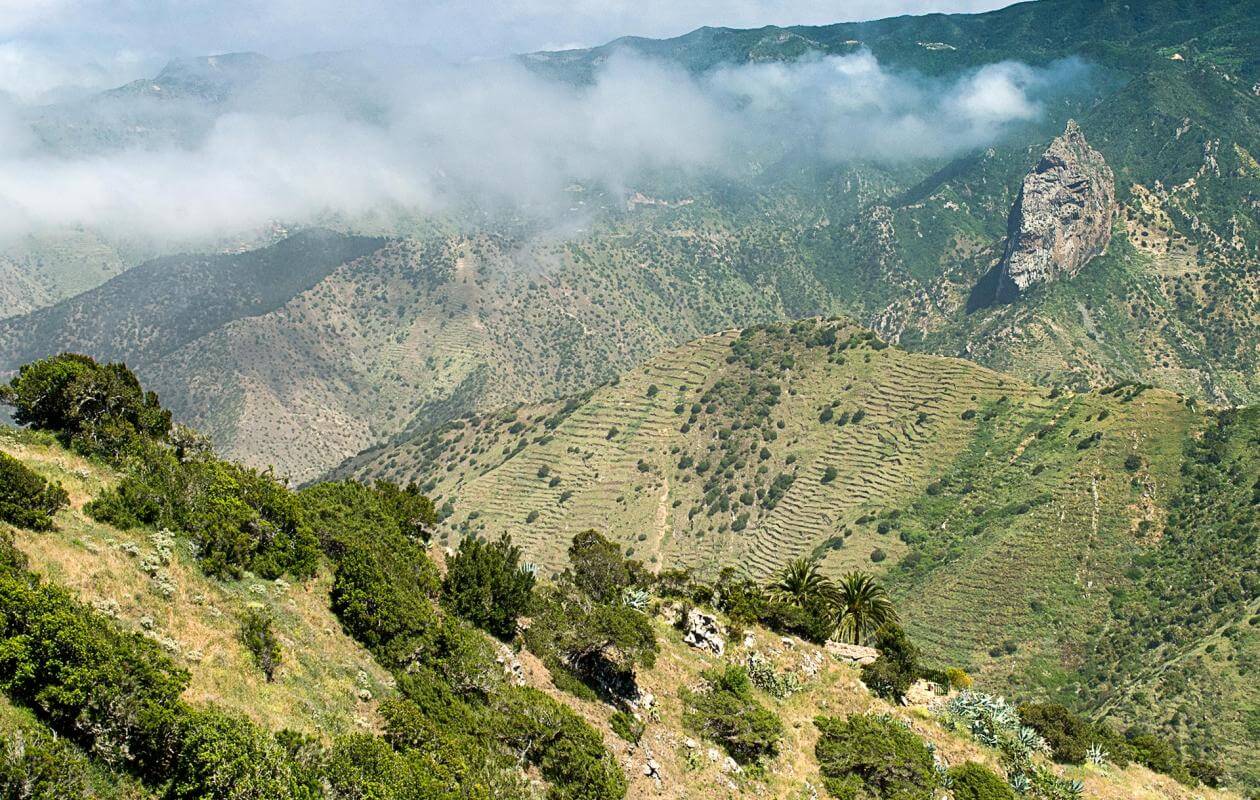
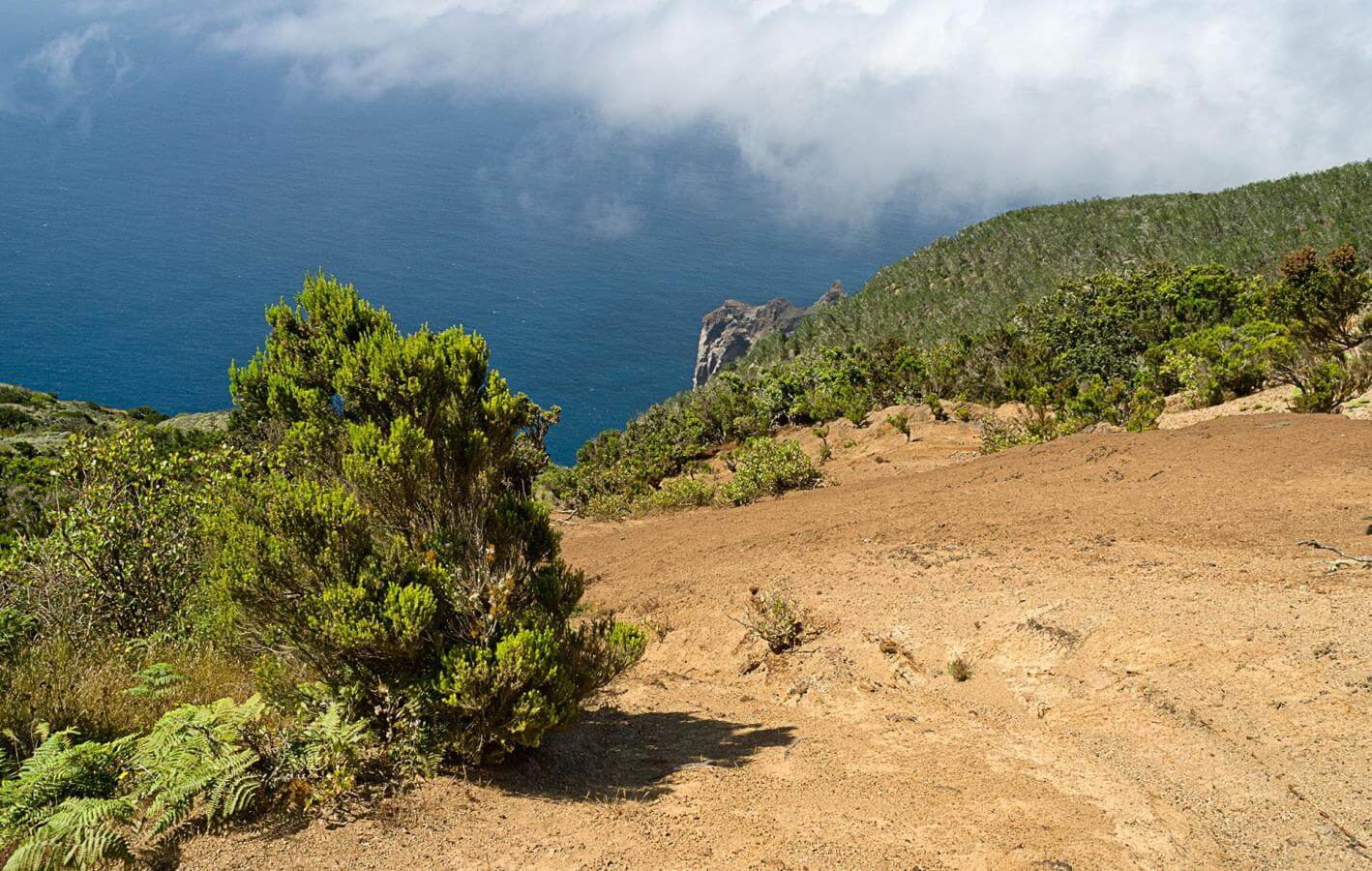

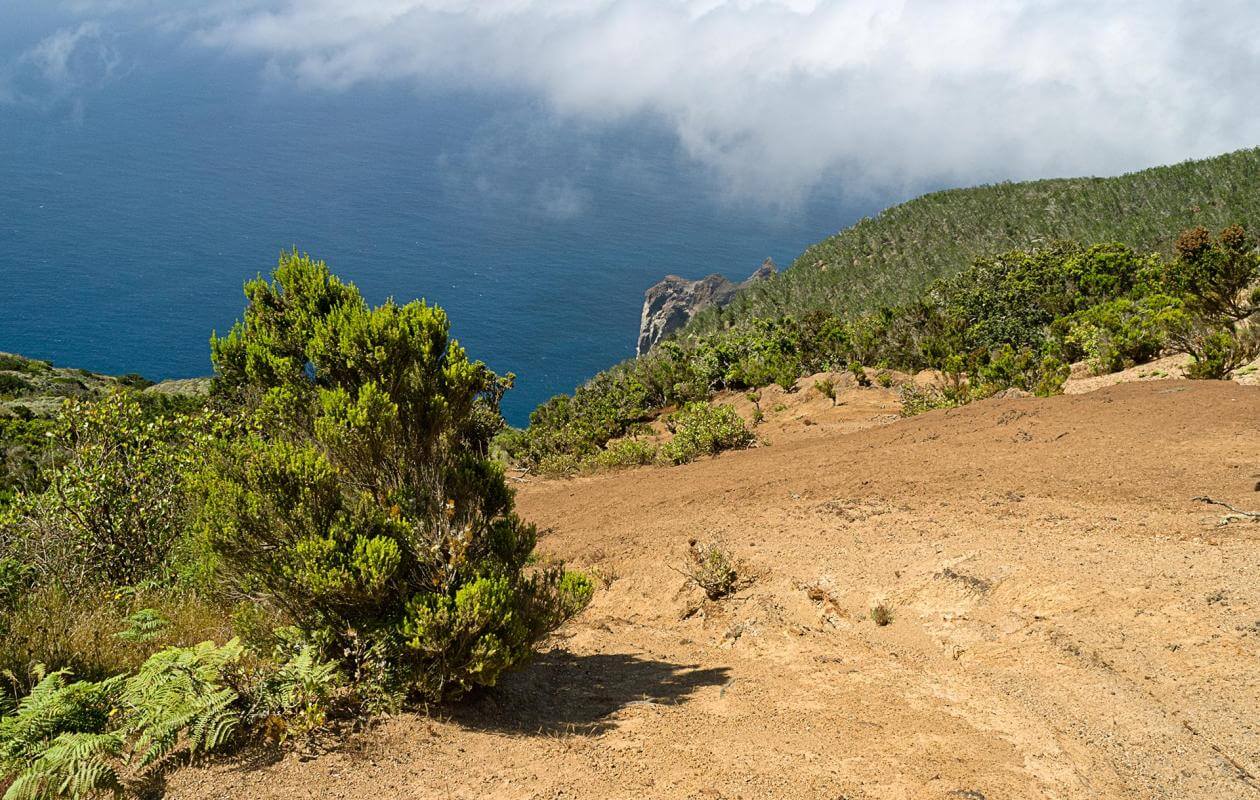
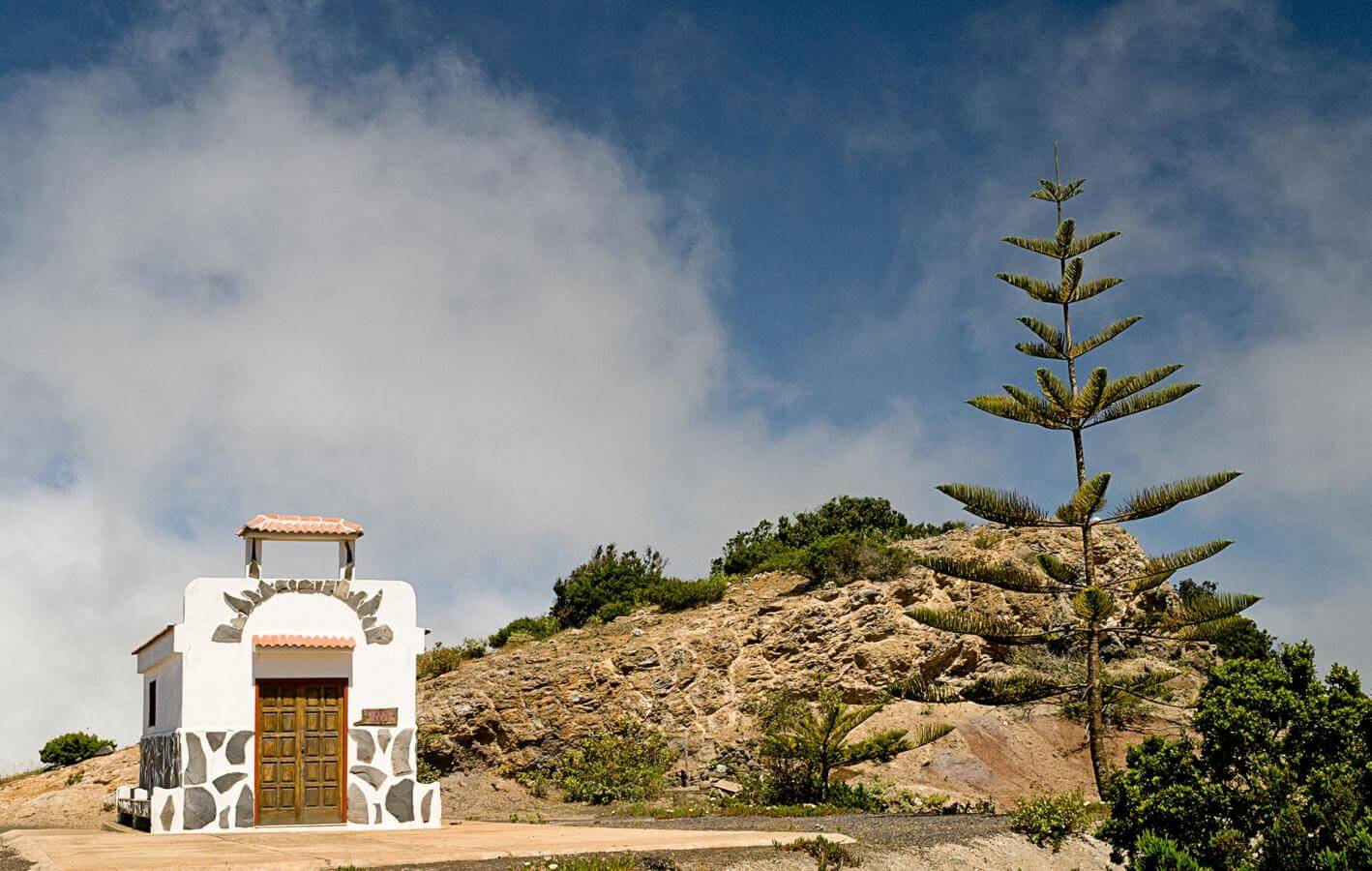

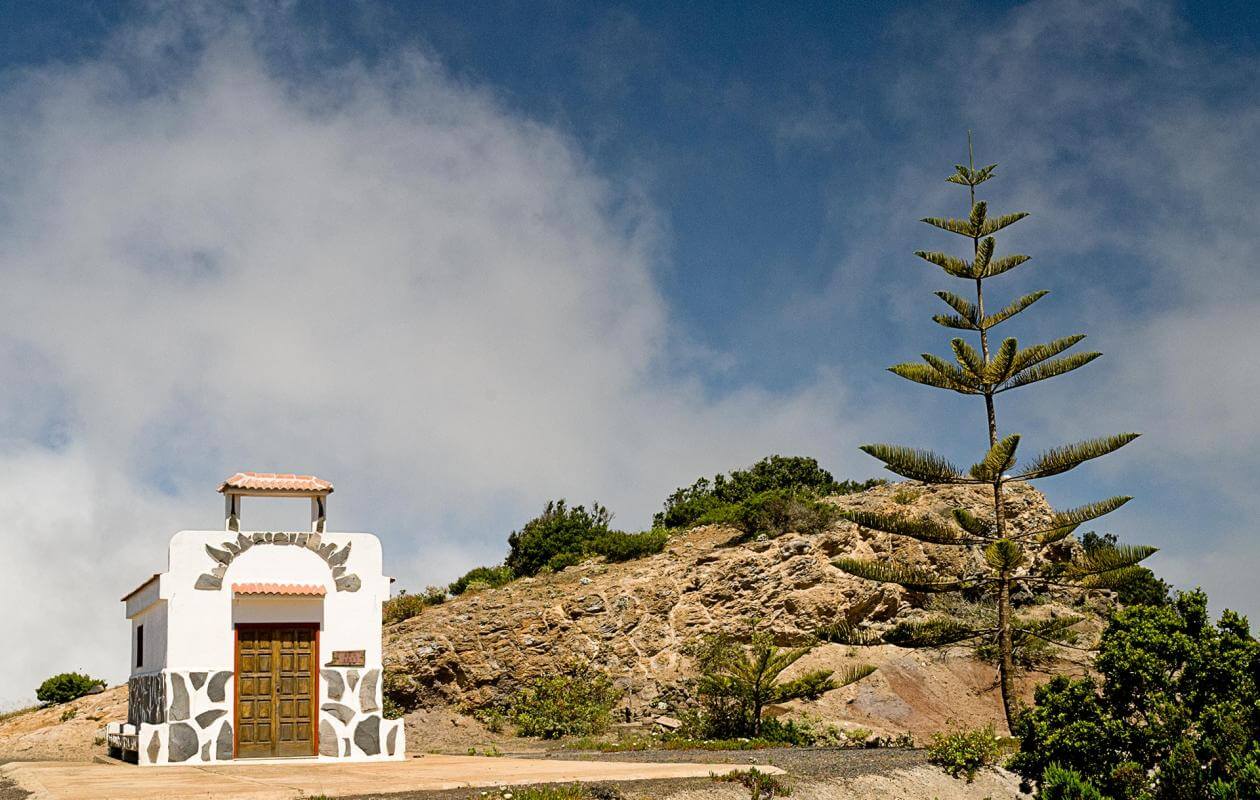
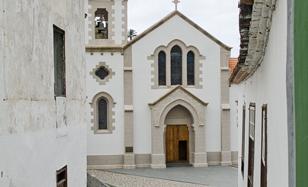
You start off from the Plaza del Ayuntamiento and walk through part of the historic centre of what was the most important town in La Gomera during its period of agricultural splendour, as it was involved in the export of wine and in the 20th century, of bananas. Two-storied houses with roofs and wood work reflect this town's important position on the island.
You will go past the San Juan Bautista church which is a modern construction and reflects the story of the inhabitants themselves - the church has been rebuilt each time after successive destruction, finally leading to its current Neo-gothic form.
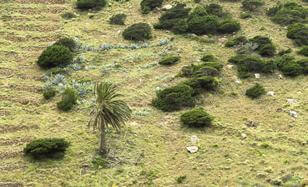
After going past the Vallehermoso cemetery, you will begin the slow climb up the Era Nueva ravine, which is home to some very interesting vegetation. The gorge and the old cultivation plots are presided over by palm trees that create unique groves. Side by side are tabaiba shrubs that have taken over the old cultivation plots and are slowly but surely erasing all signs of agricultural activity in this area.
The slopes are dominated by juniper trees.
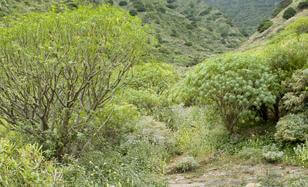
As you climb up, the trail suddenly opens up and crosses a small plot with a stone surface. This serves as a reminder of the agricultural past of the valley, where it was surely cereals that were cultivated in the terraced plots along the gorge to produce gofio, a kind of roasted flour eaten by the ancient indigenous inhabitants and today the basic component of the rural diet in La Gomera.
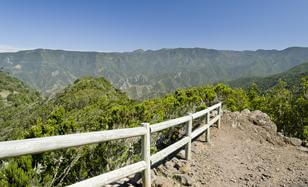
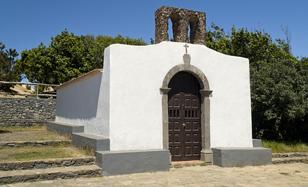
This hermitage closes off the Teselinde area, which is like a special balcony from where you can take in the northern coast of La Gomera, limited by the Punta del Peligro and Punta Bejira in the west and the village of Arguamul on the slopes.
According to legend, this hermitage dedicated to Santa Clara was founded because of statue found by fishermen on the beach. This construction, albeit in a different location, is referred to as early as the 17th century; the building seen today is the third version in this area that is more protected and more suitable for the celebrations held in August.
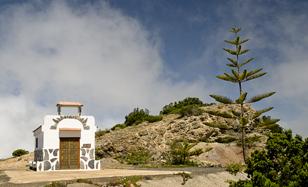
Erosion has accentuated the semi-desert conditions on this windswept peak which is home to the Virgen del Coromoto hermitage. It was built in 1985 by the residents of Vallehermoso who had returned from Venezuela, where Nuestra Señora de Coromoto is the patroness. A few solitary palm trees prove the past human presence in the now abandoned village of Chijeré, where terraced cultivation and livestock rearing were the basics of the tough rural life in the north of La Gomera.
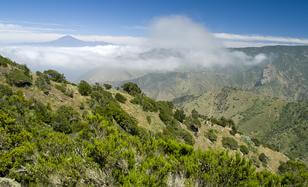
After passing through these hills, you will arrive at Punta de Alcalá, the last vantage point before the cliff that leads to the sea. This is a view of Vallehermoso in all its splendour and you can appreciate the true dimension of this valley, which is not as evident from within.
Opposite you have the cultivation plots on the Tamargada slopes, which is one of the best places to understand how farmers have to struggle against the slope to somehow try and create a flat stretch that can be cultivated.
The cultivation plots of Vallehermoso were located in the gorge and here it is clear that this area was prosperous as it was easy to cultivate and received sufficient water. The houses are located on the more gradual slopes so as to save the most fertile land for cultivation.
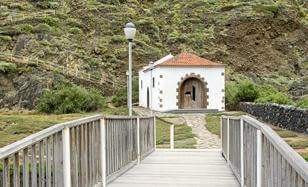
At the end of the descent along the gorge of the ravine and before returning back to Vallehermoso along the highway, you can go to the coast. On the left, you have the remains of an old stone structure known as El Castillo ("The Fort") which was used to load agricultural products onto boats. Below, you have a hermitage dedicated to the Virgen de Candelaria, which was situated in many other locations where it was lashed at by the sea, before the most recent version in its current location was built.
- Never leave waste of any type lying around, including cigarette butts. Leftover food leads to a proliferation of rats and wild cats, which pose a serious threat to the fauna.
- Respect the animals. Do not bother them or feed them. If you see an injured specimen, you can call the emergency number: 112. Do not pick flowers or plants.
- Do not pick up or take away stones or any other item from the natural environment. And do not move them to pile them up into sadly famous 'towers'.
- Respect the signposting along trails. Leaving the set paths causes damage to the environment and could also be dangerous for you and anyone with you.
- It is safer to keep your pet on a lead.
- Try not to alter the peace of the environment with excessive noise (loud music, yelling, etc.).


